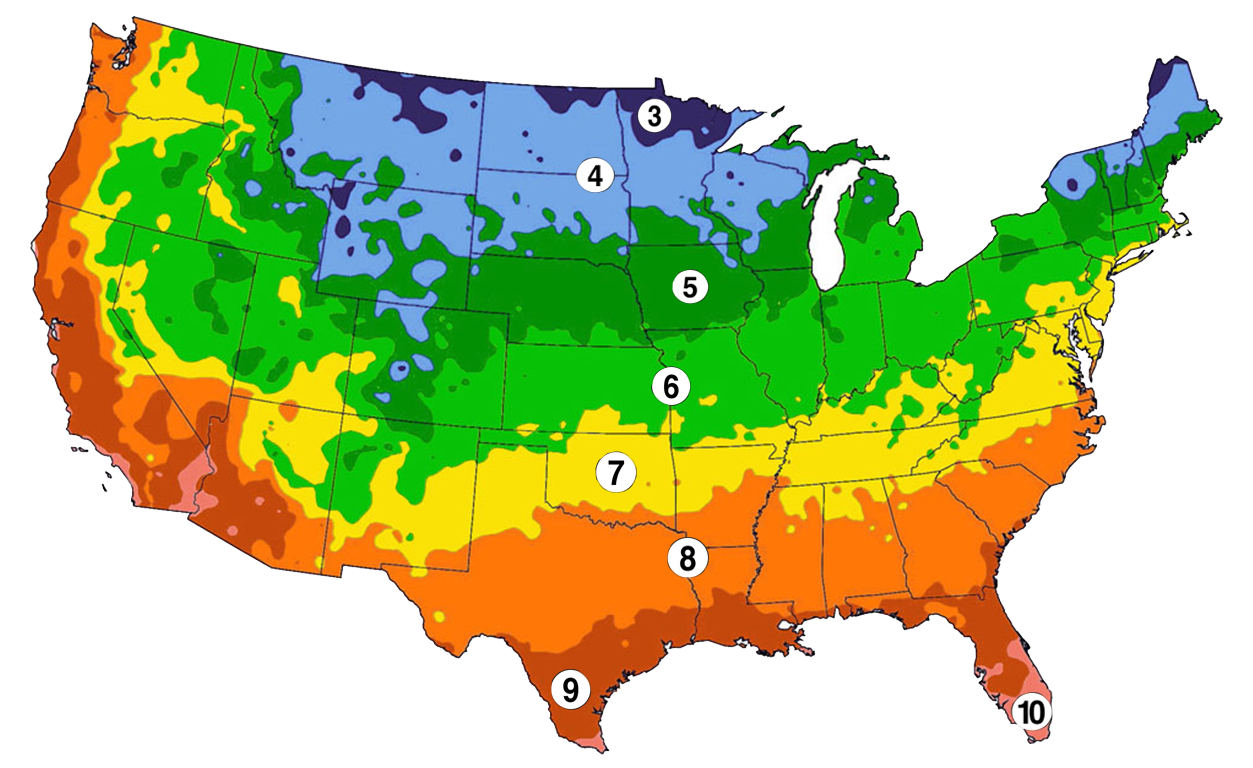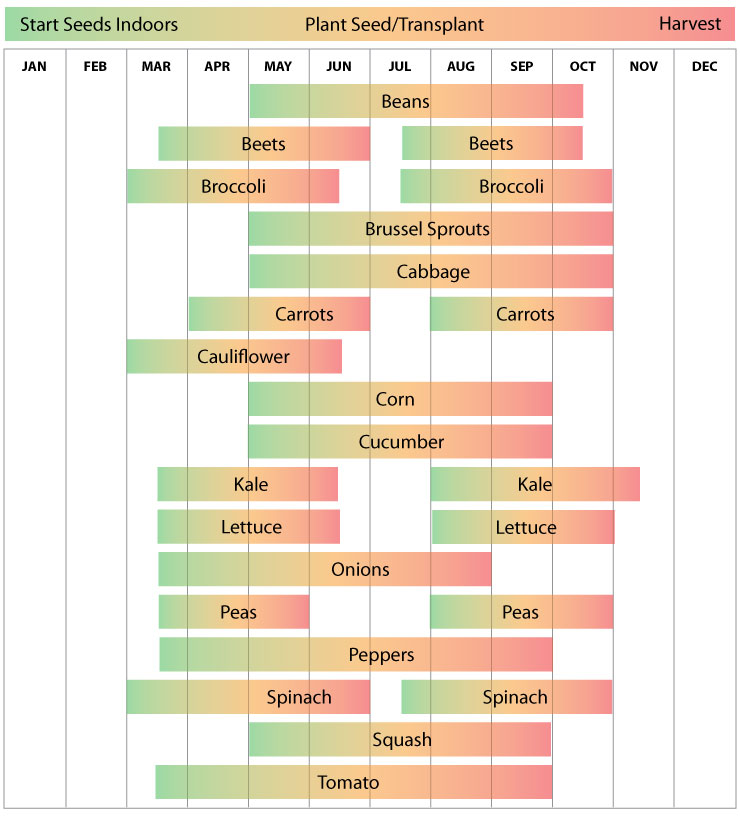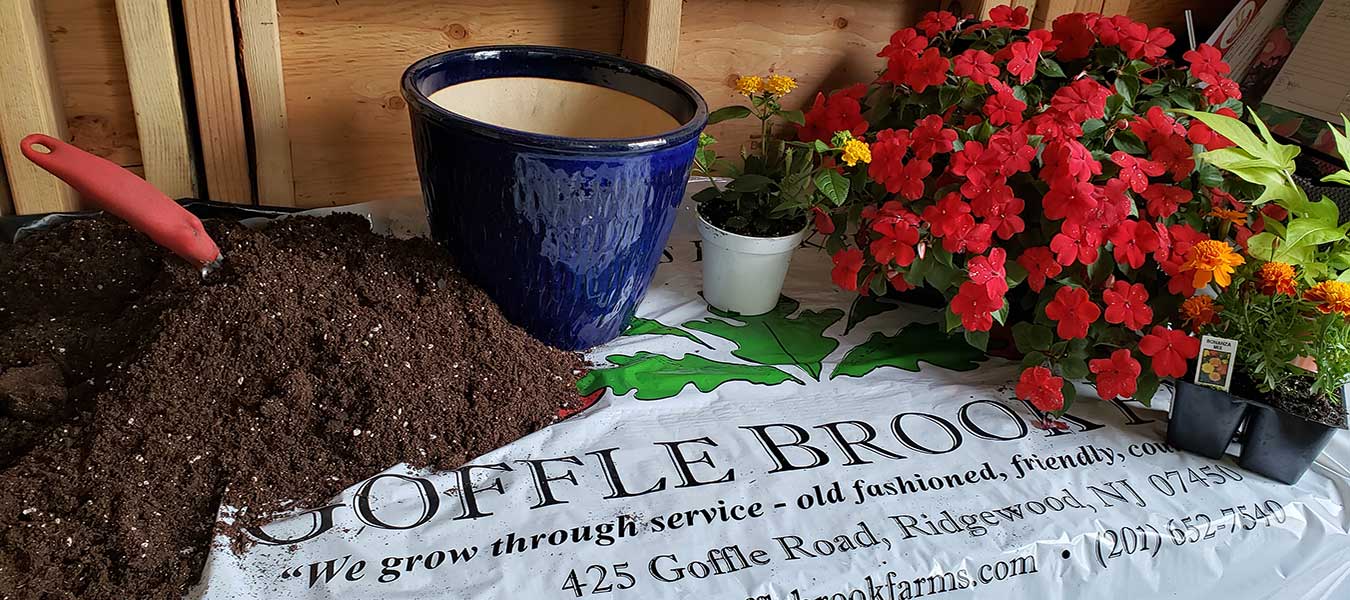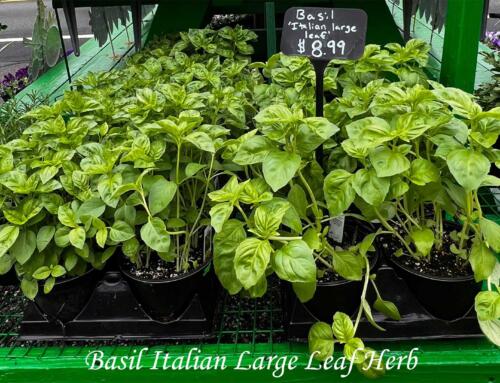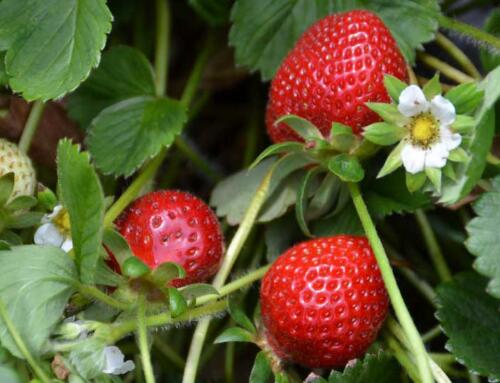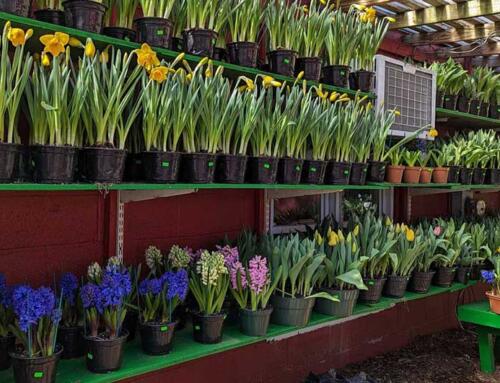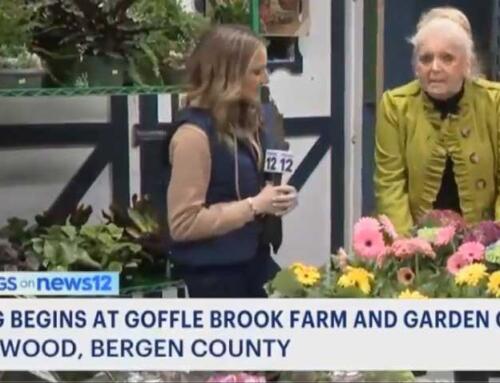Starting Vegetables From Seed
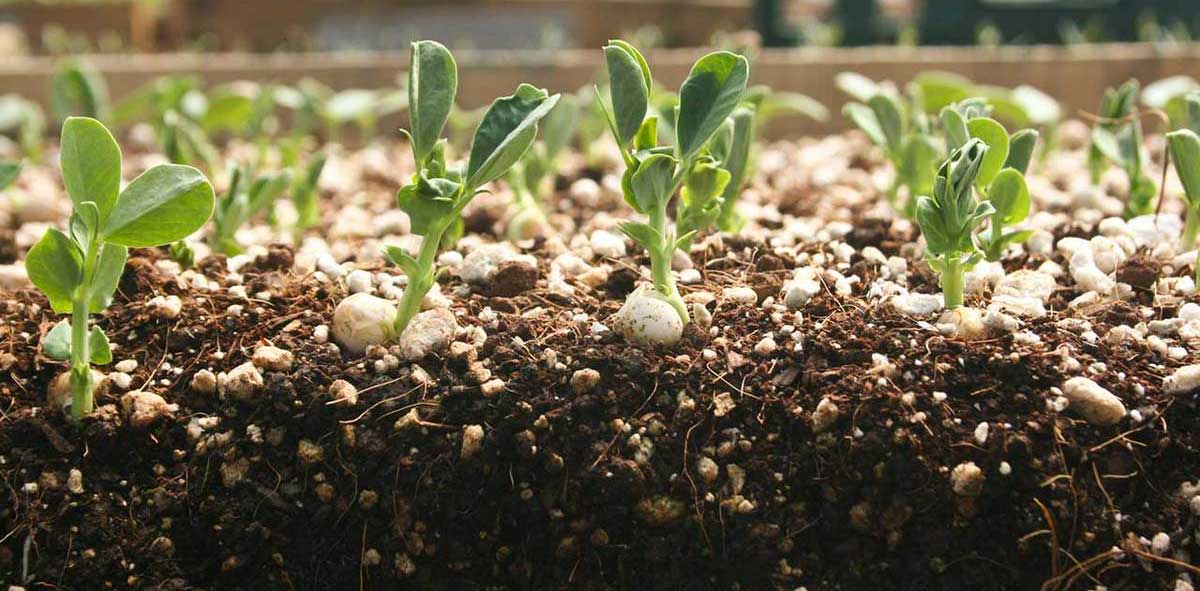
A Vegetable Gardening Primer
Livingston Seeds
“available at Goffle Brook Farms”
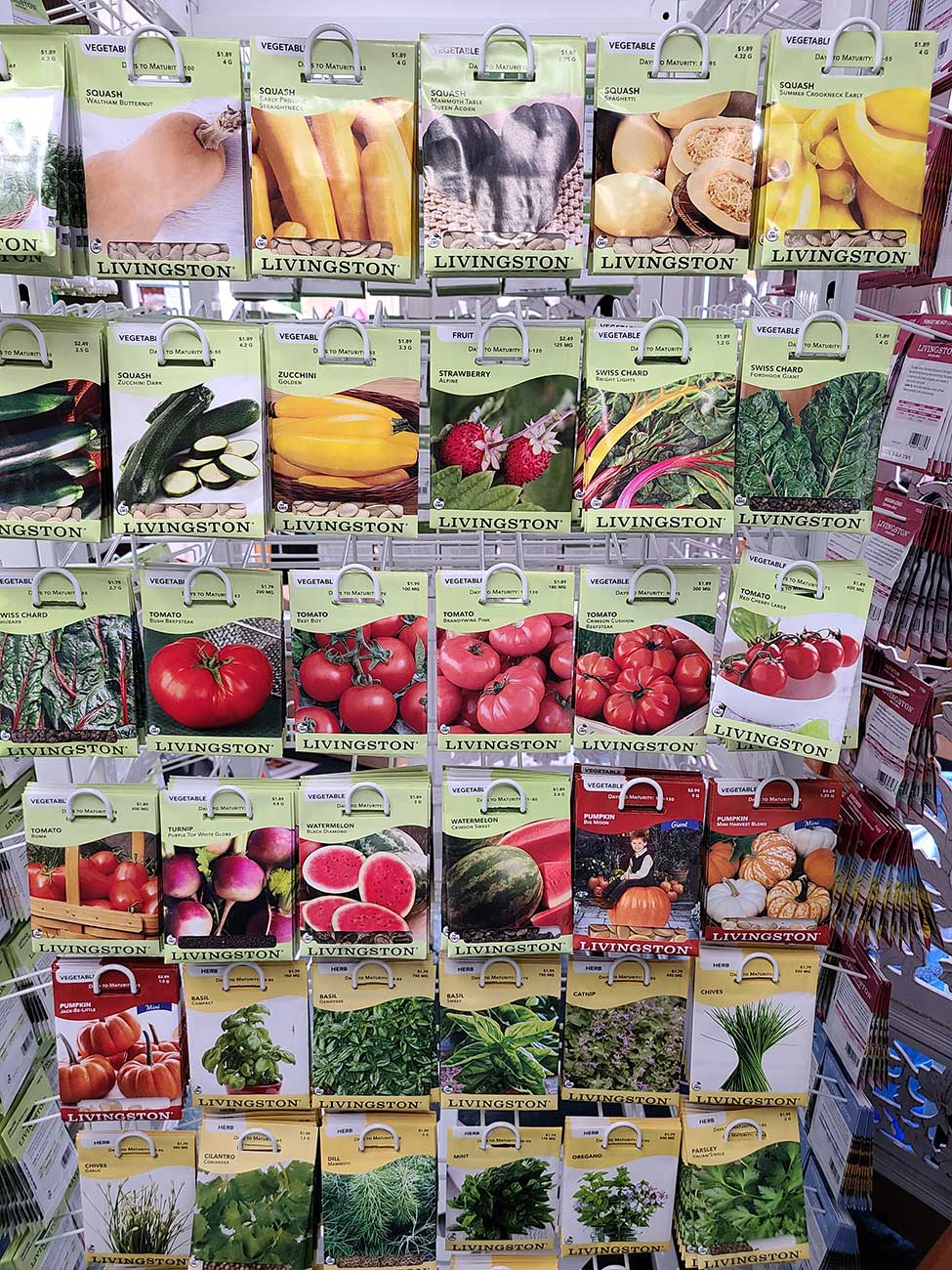
Growing your own vegetables from seed is a great way to start gardening earlier in the season. With the right light and some simple equipment, it’s quite easy to grow some seedlings. For those of you growing from seed for the first time, it’s wise not to take on too much. Start no more than a two dozen plants in three or four varieties while you get into the routine of checking and misting.
Starting seeds isn’t very hard at all, if you understand the basics. The main ingredients are a proper growing medium, the right containers, light, warmth, water and your undivided attention. You can start seeds in almost any type of container, as long as it’s at least 2-3″ deep and has some drainage holes. If you are the DIY type, you might want to grow seedlings in yogurt cups, milk cartons or paper cups. Choose potting soil that’s made for growing seedlings. You’ll need to feed the seedlings with liquid fertilizer a few weeks after they germinate, and continue until you transplant them into the garden.
Many types of vegetables, such as beans, peas, carrots, brocolli, and brussel sprouts are best started outdoors. Check the seed packet to see how deep you should plant your seeds. Some of the small ones can be sprinkled right on the soil surface. Larger seeds will need to be buried. Moisten the newly planted seeds with a mister or a small watering can. Let the soil dry slightly between waterings.
VEGETABLE SEED PLANTING GUIDELINES
Zone 6 has medium length growing season. Most vegetable varieties will have no problem maturing before your first frost date. With a last frost date of May 1st and first frost date of November 1st. These dates will vary a week or two so it’s important to watch the weather before planting. Annual minimum temperature for zone 6 is -5ºF.
Seed Starting Tips
Use a Premium Potting Soil Mix
These mixes provide ideal conditions for sprouting seeds. Most importantly, they provide a good balance of drainage and water-holding capacity, and they minimize problems with disease on vulnerable seedlings. If possible, don’t use garden soil/dirt to start seeds indoors; it generally doesn’t drain well and may contain plant disease spores.
Make sure your containers have drainage holes
You can use recycled pots — for example, empty yogurt containers — but be sure to poke holes in the bottom for draining, so that your seeds are not over-watered. Plastic six-packs and flats are good choices and can be reused year after year. Biodegradable pots are fine, too.
Plant seeds at the proper depth
Check the seed packet for planting depth. You don’t need to measure precisely, but be careful not to plant any deeper than the directions suggest. The rule of thumb is to plant the seed two-to-three times as deep as the seed is wide. For example, tiny seeds should be barely covered by soil mix, while large seeds like beans should be sown about an inch deep. If you sow seeds too deeply, they won’t have enough stored energy to make it to the surface. Plant extra seeds, because it’s likely not all of them will germinate; you’ll thin out the extra ones later.
After sowing, set the containers in a warm location
On top of the refrigerator or near a radiator are usually good spots. Check your pots every day for signs of growth!
Keep seed-starting mix moist
Seedling roots need both air and water. Strive to keep the mix moist but not saturated with water — think of it as a damp sponge that contains both water and air.
As soon as seedlings emerge, place pots in a bright location
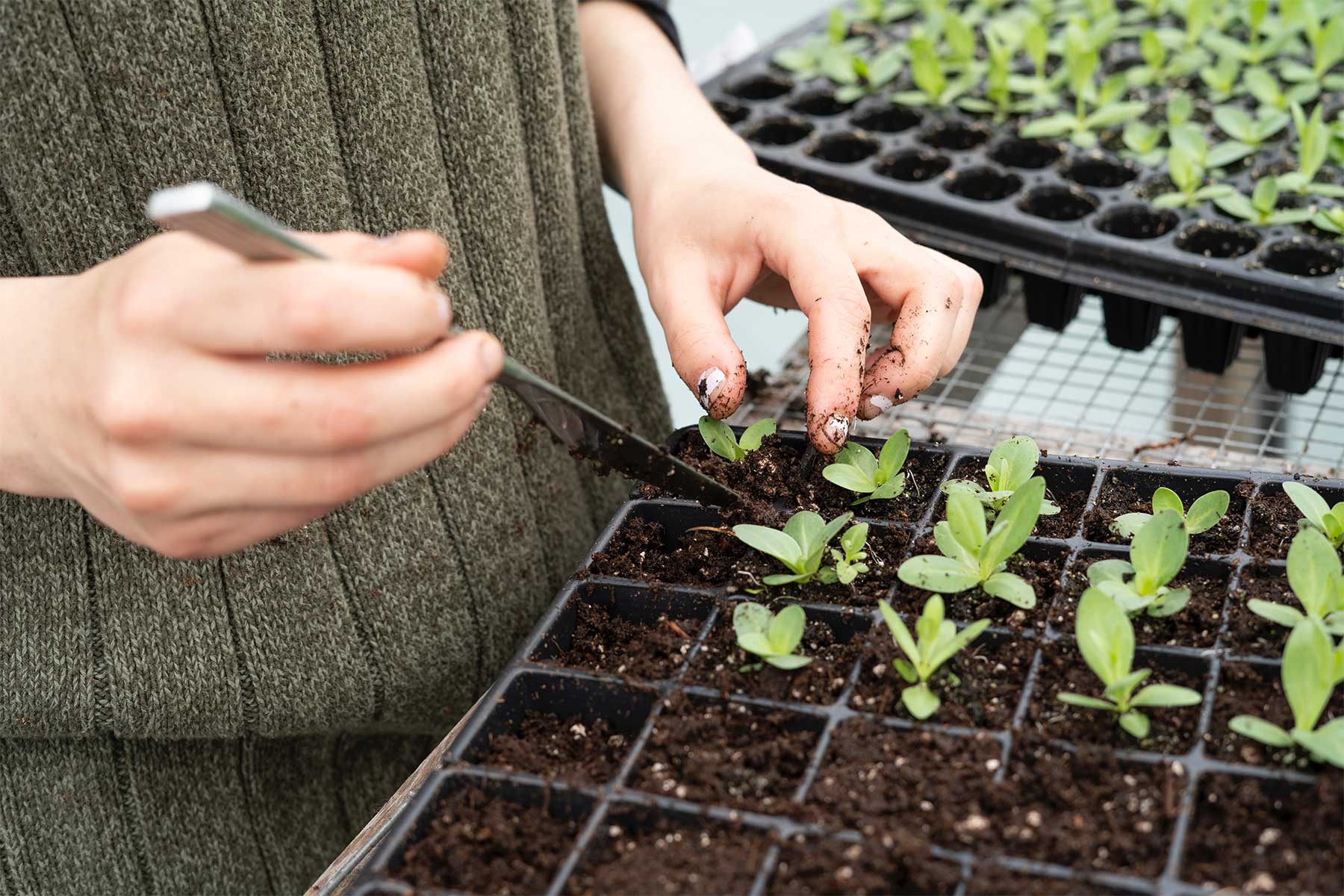 A sunny window will do, but adding consistent light from supplemental fluorescent lights will give you the best results. Suspend the lights just an inch or two over the tops of the plants.
A sunny window will do, but adding consistent light from supplemental fluorescent lights will give you the best results. Suspend the lights just an inch or two over the tops of the plants.
Cool room temperature is best for seedlings
You’ll get sturdier, stockier seedlings if you grow them at temperatures in the high 60s. Finding a cooler room in your house or garage, while still maintaining a good light sorce, will help them thrive. At higher temperatures, seedlings may get leggy.
Begin fertilizing weekly
Use a half-strength fertilizer once your seedlings have one or two sets of leaves. Organic fertilizers are a good choice, since they provide a range of nutrients, including micronutrients.
Once seedlings have two sets of leaves, it’s time to thin
You want one seedling per pot, so choose the healthiest, strongest-looking seedling to keep. Snip the other seedlings off at the soil line and discard them.
If you want to save most of the plants that have germinated, you’ll need to transplant them to larger containers for growth to planting-out size. It’s best to use individual pots or cell-packs for this purpose, so that seedlings won’t suffer much root disturbance when planted out in the garden.
Transplanting seedlings
To transplant seedlings, fill each new container with moist planting mix. Loosen the soil around the seedlings (a kitchen fork or spoon is handy for this); then carefully lift them out, one at a time. Or lift a clump of seedlings and gently separate individual plants by carefully teasing apart the tangled mass of roots. Handle seedlings by their leaves to avoid damaging the tender stems. Poke a hole in the new container’s planting mix, place the seedling in the hole, and firm soil around it. Water the transplant right away. Keep the containers out of direct sunlight for a few days to let the transplants recover from the move.
About 10 days before the seedlings are ready to plant outside, harden them off so they can withstand bright sun and cooler temperatures. Stop fertilizing them, and set them outdoors for several hours each day in a wind-sheltered spot that receives filtered light. A cold frame is useful for hardening off seedlings. Over the next week or so, gradually increase exposure until the plants are in full sun all day (shade lovers are an exception; they shouldn’t be exposed to day-long sun).
Goffle Brook Farms

